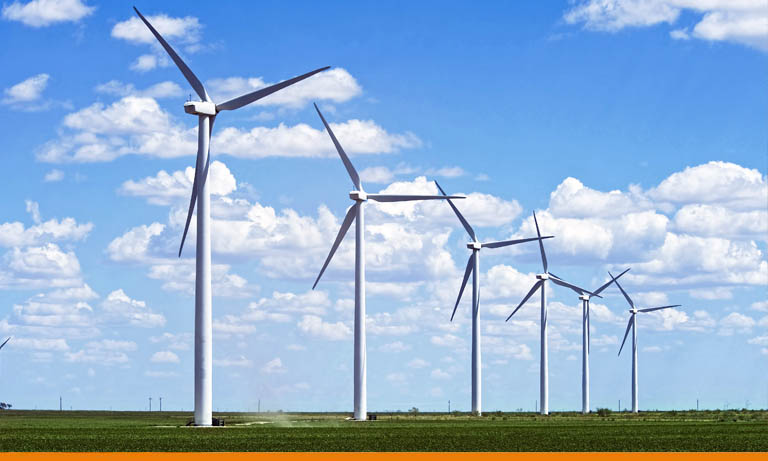Telehouse Green: Any Way the Wind Blows
January 5, 2017Data Centers are Harnessing the Power of Wind Energy
More than eight million data centers exist around the world, using upwards of 30GW of energy each year, an amount that is steadily increasing. A study by the National Resource Defense Council (NRDC) revealed that if planet’s data centers were a country, they would represent the world’s 12th-largest consumer of electricity, ranking somewhere between Spain and Italy.
The carbon footprint of a mid-sized, 10 MW data center can range from three million to over 130 million kilograms of CO2, according to Green House Data. However, the good news is that this environmental impact can be significantly reduced through the adoption of renewable and sustainable energy resources, such as wind energy.
According to Data Center Knowledge, the generation of power through on-site wind turbines has gained traction across the data center community over the past few years. The latest AFCOM State of the Data Center survey showed that 34 percent of respondents have either deployed or are planning to deploy a renewable energy source for their data center, of which half are or will be using wind energy. As a testament to its effectiveness, various hyper-scale organizations including Microsoft, Google and Apple are now relying upon wind energy as a source of power at some of their facilities.
The use of wind energy is nothing new. In fact, the first recorded instance of harnessing wind energy dates back 1,500 years to Persia when a windmill was utilized to pump water and grind grain. Today, the wind turbine, a device whose massive blades capture and convert kinetic energy to mechanical energy that spins a generator to produce electricity, makes use of the same natural wind patterns to generate power as its windmill predecessor. As a clean fuel source, the usage of wind energy produces a significant reduction in air pollution and is available in abundant supply. Most notably, this form of power is one of the lowest-priced, renewable energy technologies available today, costing users only four to six cents per kilowatt-hour.
Although wind energy promises many advantages to data centers, conversion to this type of power does not come without its challenges. Requiring a high capital investment and given its inability to be implemented in urban environments, a wind-powered facility may not be in the cards for all data center operators. Jack Pouchet, the Director of Energy Initiatives at Emerson Network Power, has pointed out that many renewable energy sources, such as solar panels and wind turbines, typically do not generate the volume of electricity that data centers require to be fully functional. However, as a supplement to traditional power sources, wind energy provides data centers with a proven method to reduce energy costs and mitigate their carbon footprint.
Though data centers have become a major culprit of the production of greenhouse gases due to the sheer volume of energy used, the development of innovative and sustainable energy practices are providing a viable solution to increasing environmental responsibility throughout the industry. Wind energy, gradually becoming a staple power source for many facilities around the world, is helping to maintain a greener planet.
Telehouse provides a wide portfolio of energy efficient hardware and solution practices designed to reduce the production of carbon emissions. Some of these innovations include free cooling, cold aisle containment and adiabatic cooling techniques.


